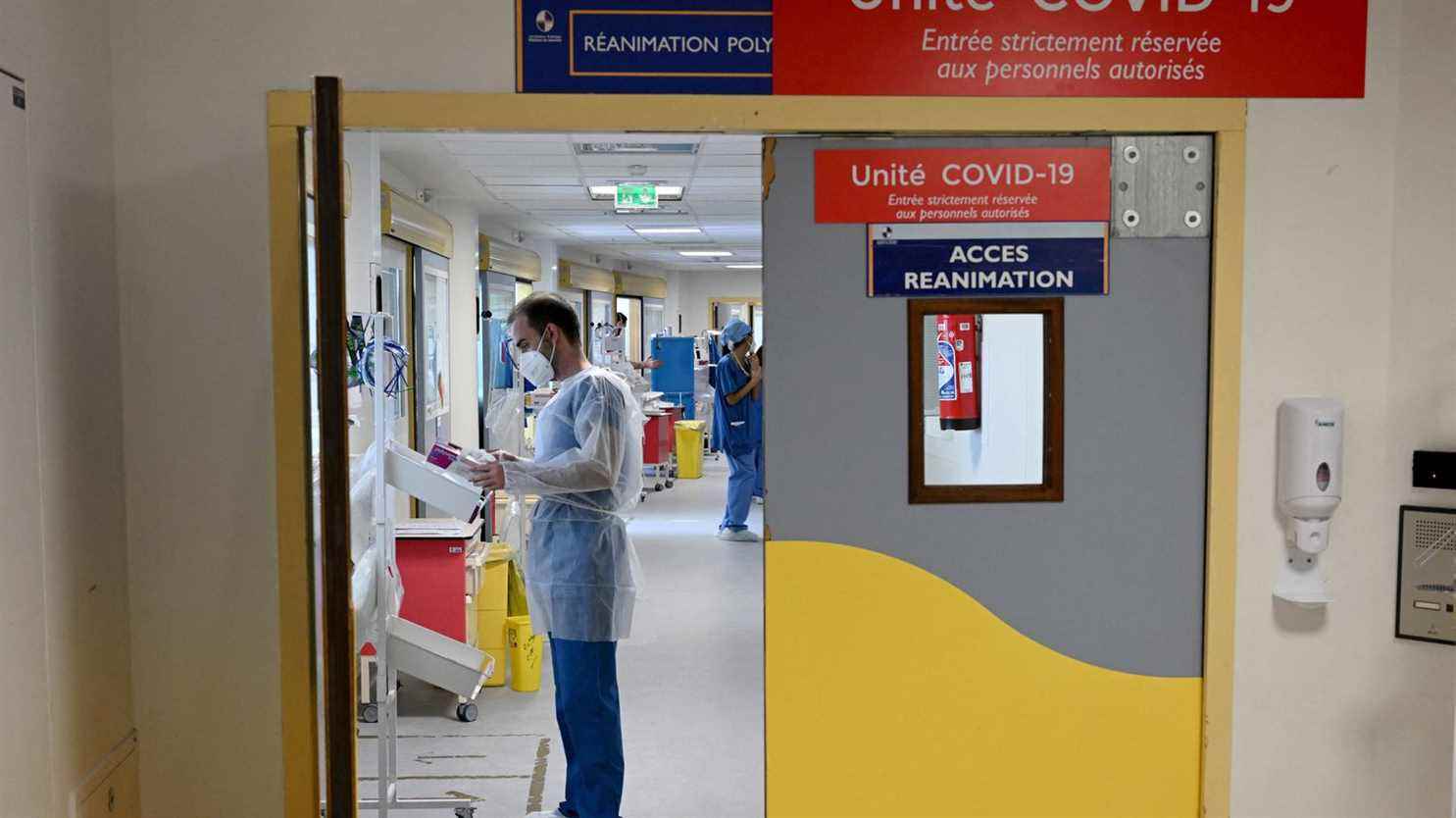Telework, health protocol at school, gauges… Is it reasonable to ease the restrictions linked to Covid-19? A new defense council is meeting on Thursday January 20 to decide whether or not to modify the rules. On Tuesday, the government spokesman showed his optimism. And according to information from franceinfo, the executive is preparing a schedule for easing health restrictions. However, the number of contaminations regularly breaks records. How to objectively analyze the situation?
>> Infographics: deaths, hospitalizations, vaccines… Follow the evolution of the epidemic in France and around the world
It all depends on the indicators tracked. If we are interested in contaminations, the raw, daily figure is strongly linked to the number of tests carried out on D-Day, or to the recording of these in the official database. Which also excludes, for example, self-tests. This overall number of tests varies, sometimes depending on current events or needs. For example, last week, we broke the test record with nearly 12 million swabs used in laboratories or pharmacies. It was then necessary to test adolescents or children in pharmacies, before the health protocol at school was modified.
Rather than the raw figure, it is therefore better to look, already, at the average over seven days to smooth out the variations but also the other indicators of contamination, weighted. Among them, the incidence rate expresses the number of people infected in a region or in a category of the population per 100,000 inhabitants. It is also by looking at these rates, down for example in Corsica or Ile-de-France in recent days, that some in the government have been able to express optimism about the evolution of the epidemic in recent days. .

We can also be interested in the positivity rate, that is to say the proportion of positive tests reported to the number of tests carried out. Or even at R0 which indicates how many other people a positive case can infect. This R0 has thus been falling since the end of December but still above 1, a sign that the epidemic remains in an upward phase.
However, all these indicators say nothing about an essential point: the state of health of people positive for Covid-19. And it is necessary for that to turn to the hospital data, to follow there the evolution of the entries in the various services. The latest figures indicate a slight drop in the number of patients in intensive care but with a substantial increase in general hospitalizations. Two uncorrelated curves, which corresponds well to the advance of a globally more contagious but less dangerous variant.

Be careful all the same: according to the modellers, the peak of the wave has not yet been reached for hospitals while we are at very high bed occupancy levels. The healthcare system and caregivers, exhausted by two years of pandemic, are therefore still under great pressure.
